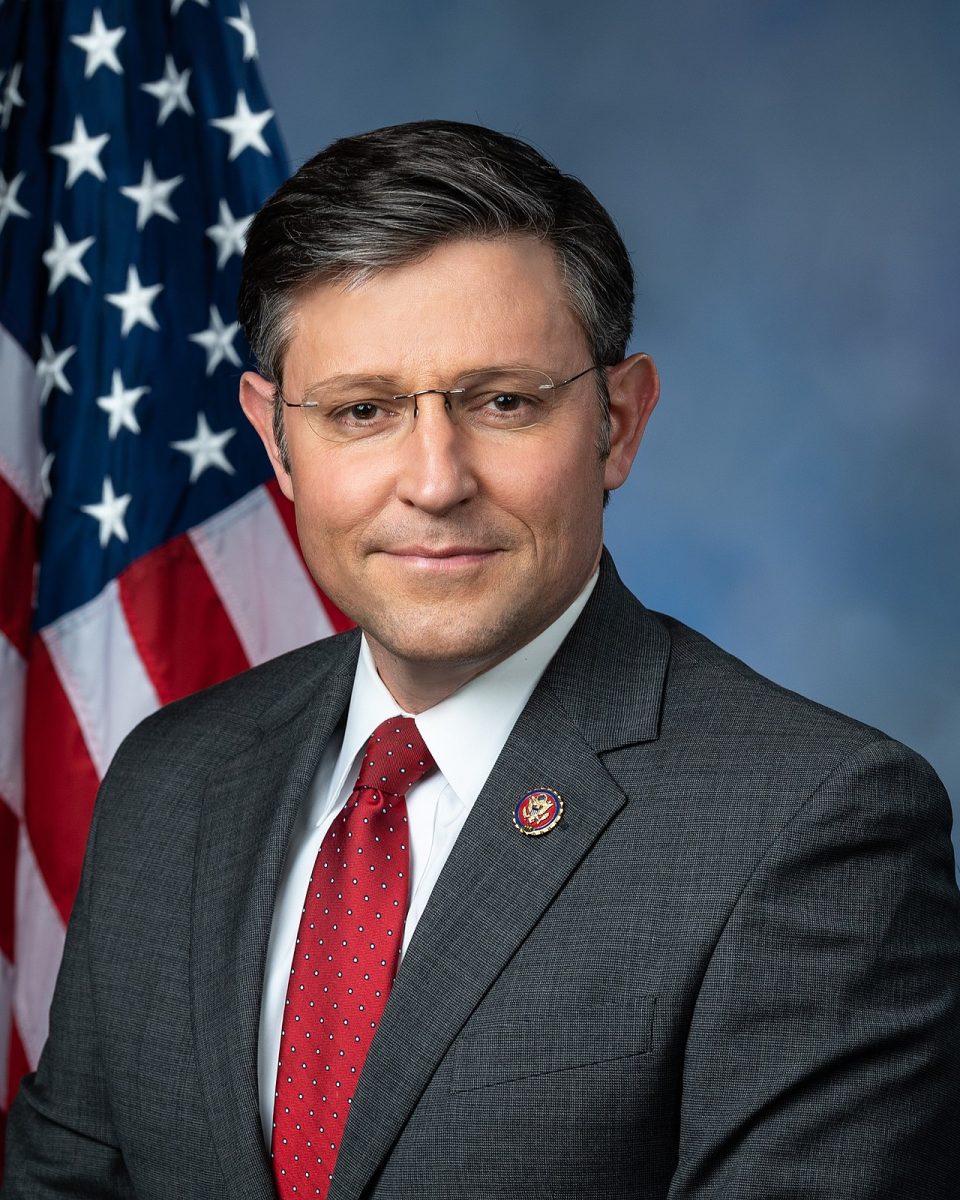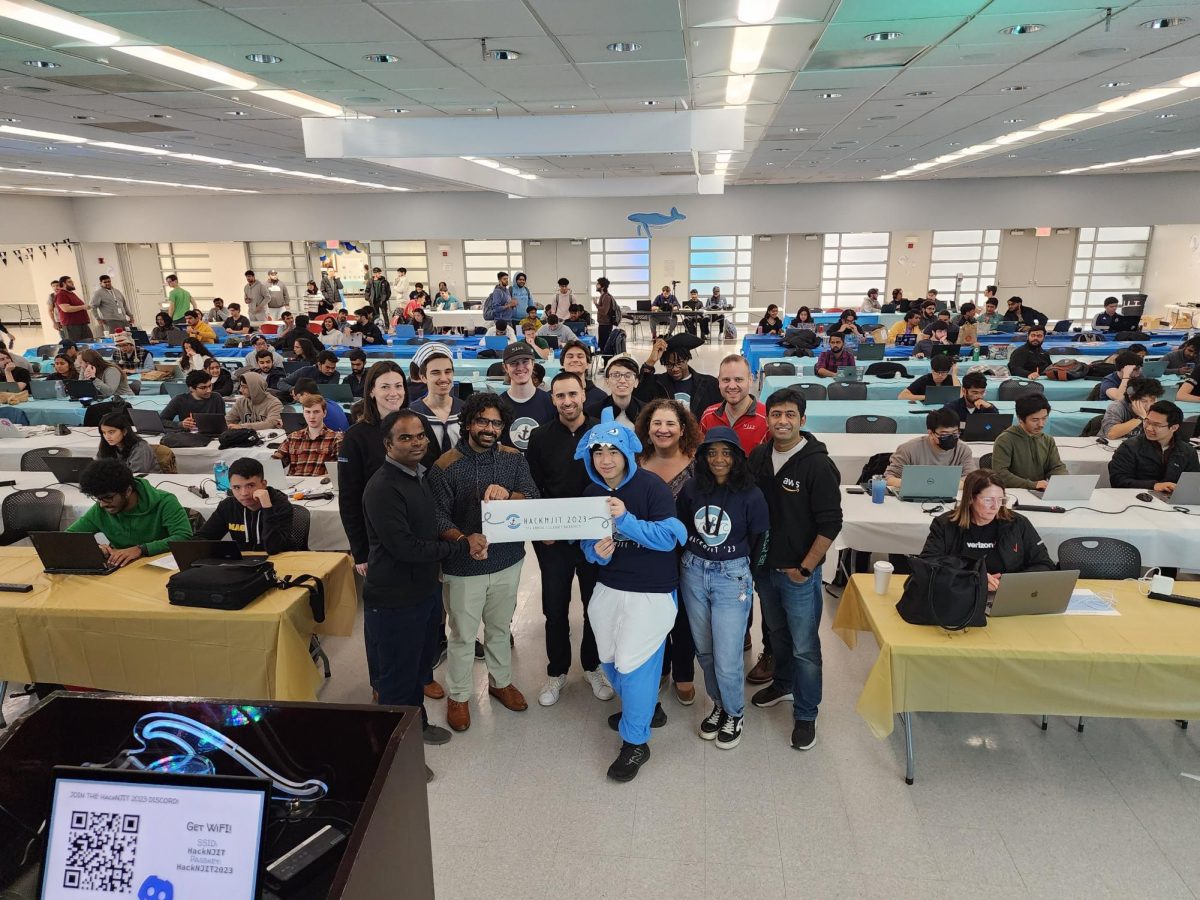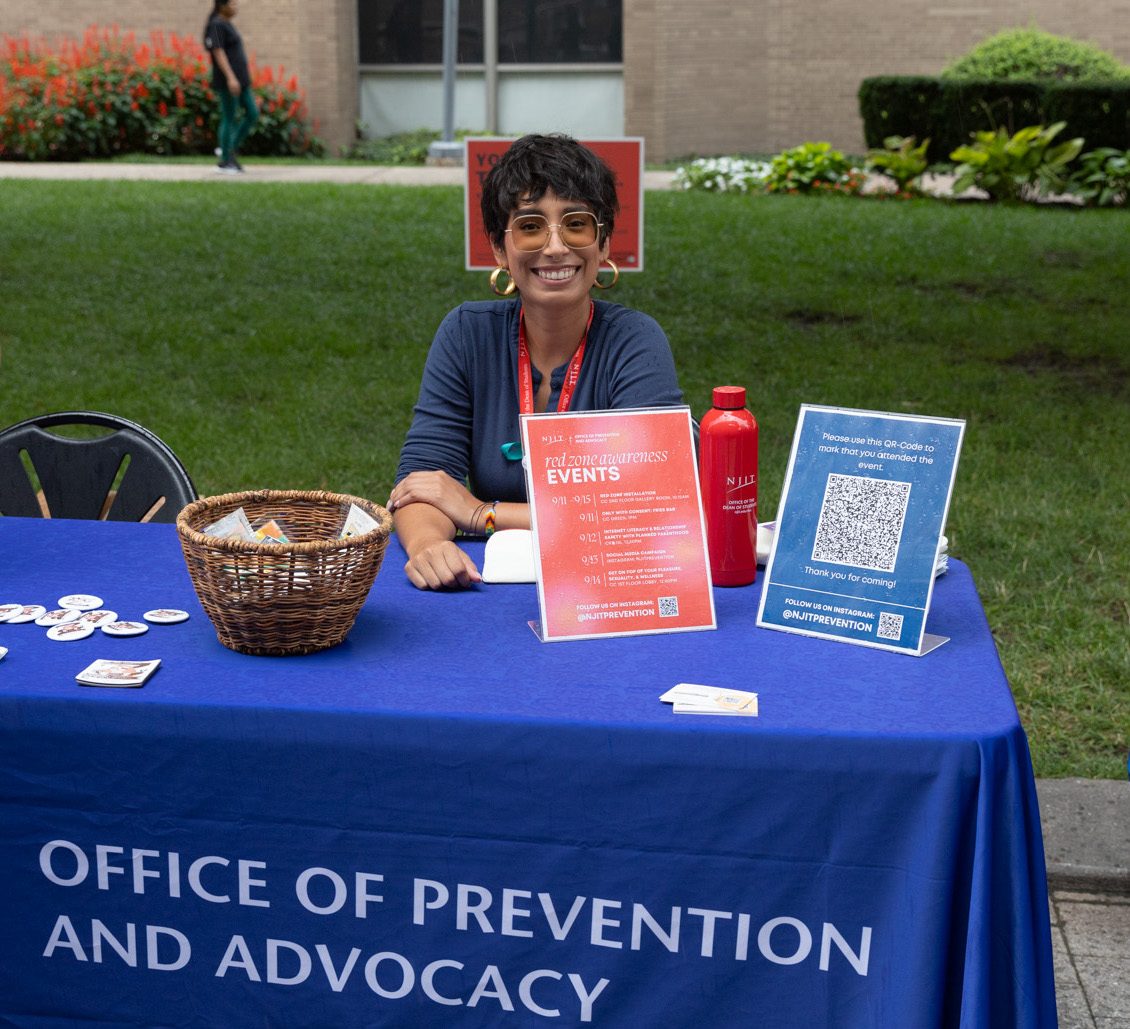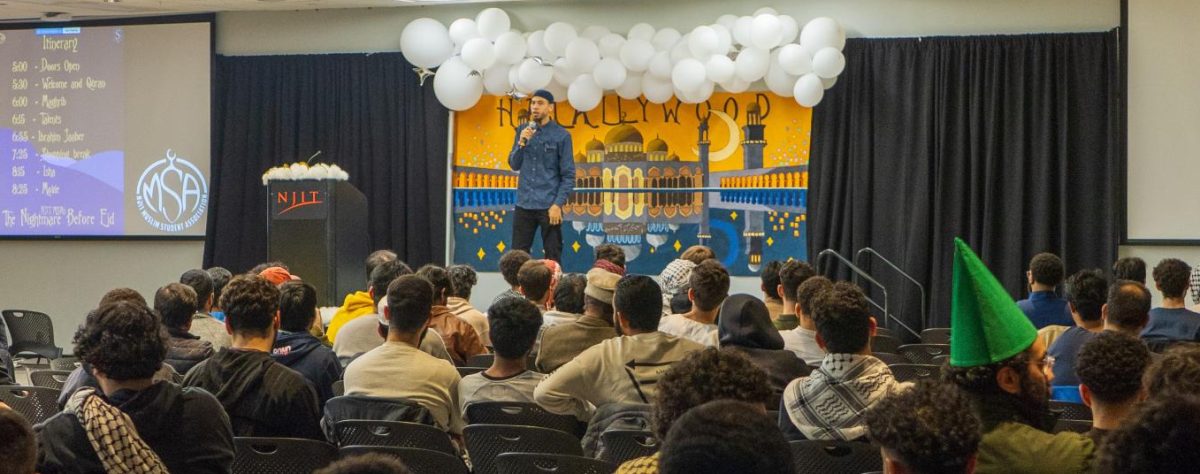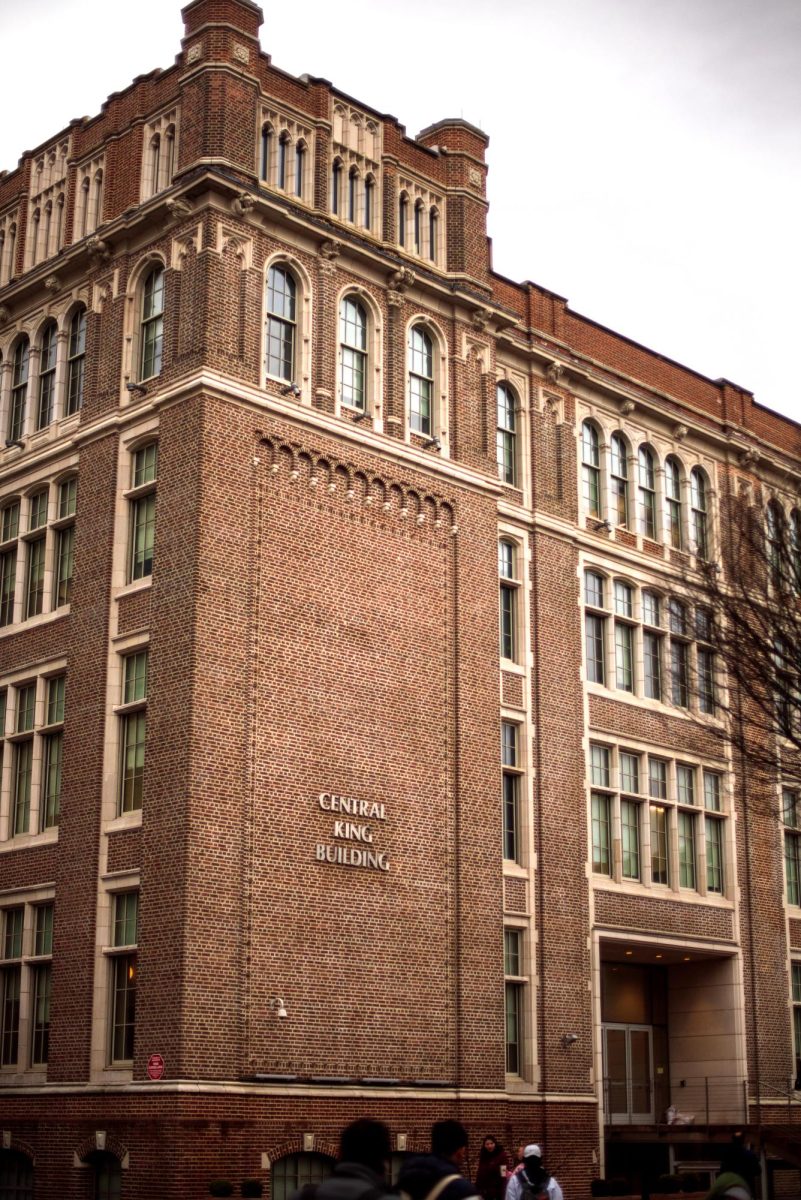Colin Bayne
From almost anywhere in Newark, there is a certain building that defines its own unique skyline. With its towering spires, old-style gothic architecture, and enormous stained glass windows, the Newark Cathedral of the Sacred Heart is a towering edifice that serves as a landmark cultural and historical site of Newark. It has a long and complex history, with a series of changing architects and Bishops presiding over the construction.
For those who may not know, a cathedral is a very large Catholic church usually constructed in an important city, or simply on its own in order to serve as a massive monument to the faith and commitment of the Church. It is believed that the construction of these enormous cathedrals and basilicas gives praise to God, and thus they are seen as inherently holy buildings and are very important in the worship of the faithful. They serve many purposes beyond that of a normal church. They often serve as the seat of the Bishop of the diocese, and contain crypts, smaller chapels, and often house holy relics.
The cathedral was commissioned in 1859, and construction began in 1898. The building was initially designed by the architect Jeremiah O’Rourke, the same man who designed St. Patrick’s cathedral in New York City. He originally conceived the building as following the English-Irish style of gothic, and designed it with soaring pointed towers. However, he did not remain the architect for the entire project.
After the construction of the main support columns began, there was controversy as it seemed that the foundations were unstable. After refusing to admit the possibility of this, and refusing to even check the problem, O’Rourke was removed from the project, and replaced by Isaac E. Ditmars. He changed the style of the cathedral to reflect the French style of gothic rather than the English, although he lowered the height of the towers due to concern for their weight bearing capacity.
In 1924, the exterior was finished, and the construction of the interior began. With imported marble from Italy, limestone from Indiana, Vermont granite, and many other materials, they created the floors, pulpit, sanctuary, and columns of the interior of the nave of the building. Statuary was commissioned for the church in especial, carved either on site or in Rome. In 1954, after intense work, the cathedral was finally consecrated and dedicated as the Cathedral of the Sacred Heart, a reference to the love Christ had for his church, by Archbishop Boland.
Today, the cathedral serves as a religious and cultural center in Newark. It was named a national historical site in 1976, and is a widely known and recognized landmark and tourist destination in the city. It serves as the location for the Archbishop’s special ceremonies and rites, and also for more routine religious ceremonies, as well as serving as a parish church for many in the city. Visitors are welcome, although the building is not open all day every day.
Mass is offered there in English and Spanish, and is held on weekdays at 7:30am, 5:30pm, and 7:00pm as well as on Sundays at 8:45am, 10:00am, and 12:00 noon. Any and all are welcomed, even merely as a tourist. There are few buildings like this in the U.S, and it is well worth the trip to see it. Architecturally interesting as well as aesthetically classical and mysterious, it provides a sense of grandeur that is uncommon. If you’re ever curious about the most unique feature in Newark’s skyline, a trip down to the cathedral will most likely be a singular and satisfying experience.

























